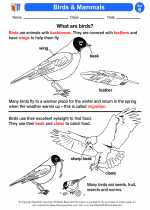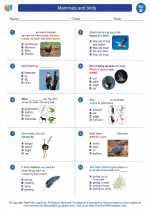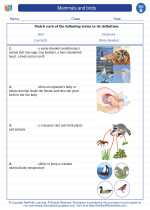How does bioremediation work?
Bioremediation works by harnessing the natural abilities of microorganisms and plants to degrade, metabolize, or sequester contaminants. These organisms can break down organic pollutants into less harmful substances, convert toxic compounds into non-toxic forms, or accumulate and store harmful substances within their tissues.
Types of bioremediation
There are several types of bioremediation, including:
- Biostimulation: Adding nutrients or other substances to enhance the activity of naturally occurring microorganisms.
- Bioaugmentation: Introducing specific microorganisms to a contaminated area to enhance the degradation of pollutants.
- Phytoremediation: Using plants to remove, degrade, or stabilize contaminants in soil, water, or air.
Applications of bioremediation
Bioremediation can be used to clean up various types of environmental pollution, including:
- Oil spills
- Contaminated soil and groundwater
- Industrial waste sites
- Wastewater treatment
Benefits of bioremediation
Some of the key benefits of bioremediation include:
- Cost-effectiveness compared to traditional cleanup methods
- Minimization of environmental disruption
- Ability to target specific contaminants
- Potential for long-term, sustainable solutions
Study guide
To further understand the concept of bioremediation, consider exploring the following topics:
- Microorganisms involved in bioremediation
- Factors influencing the effectiveness of bioremediation
- Case studies of successful bioremediation projects
- The role of bioremediation in sustainable environmental management
◂Science Worksheets and Study Guides Second Grade. Mammals and birds
Study Guide Mammals and birds
Mammals and birds  Activity Lesson
Activity Lesson Birds & Mammals
Birds & Mammals  Worksheet/Answer key
Worksheet/Answer key Mammals and birds
Mammals and birds  Worksheet/Answer key
Worksheet/Answer key Mammals and birds
Mammals and birds  Worksheet/Answer key
Worksheet/Answer key Mammals and birds
Mammals and birds  Worksheet/Answer key
Worksheet/Answer key Mammals and birds
Mammals and birds  Vocabulary/Answer key
Vocabulary/Answer key Mammals and birds
Mammals and birds 

 Activity Lesson
Activity Lesson
 Worksheet/Answer key
Worksheet/Answer key
 Worksheet/Answer key
Worksheet/Answer key
 Worksheet/Answer key
Worksheet/Answer key
 Worksheet/Answer key
Worksheet/Answer key
 Vocabulary/Answer key
Vocabulary/Answer key

The resources above cover the following skills:
LIFE SCIENCE (NGSS)
Biological Evolution: Unity and Diversity
Students who demonstrate understanding can:
Make observations of plants and animals to compare the diversity of life in different habitats[Clarification Statement: Emphasis is on the diversity of living things in each of a variety of different habitats.] [Assessment Boundary: Assessment does not include specific animal and plant names in specific habitats.]